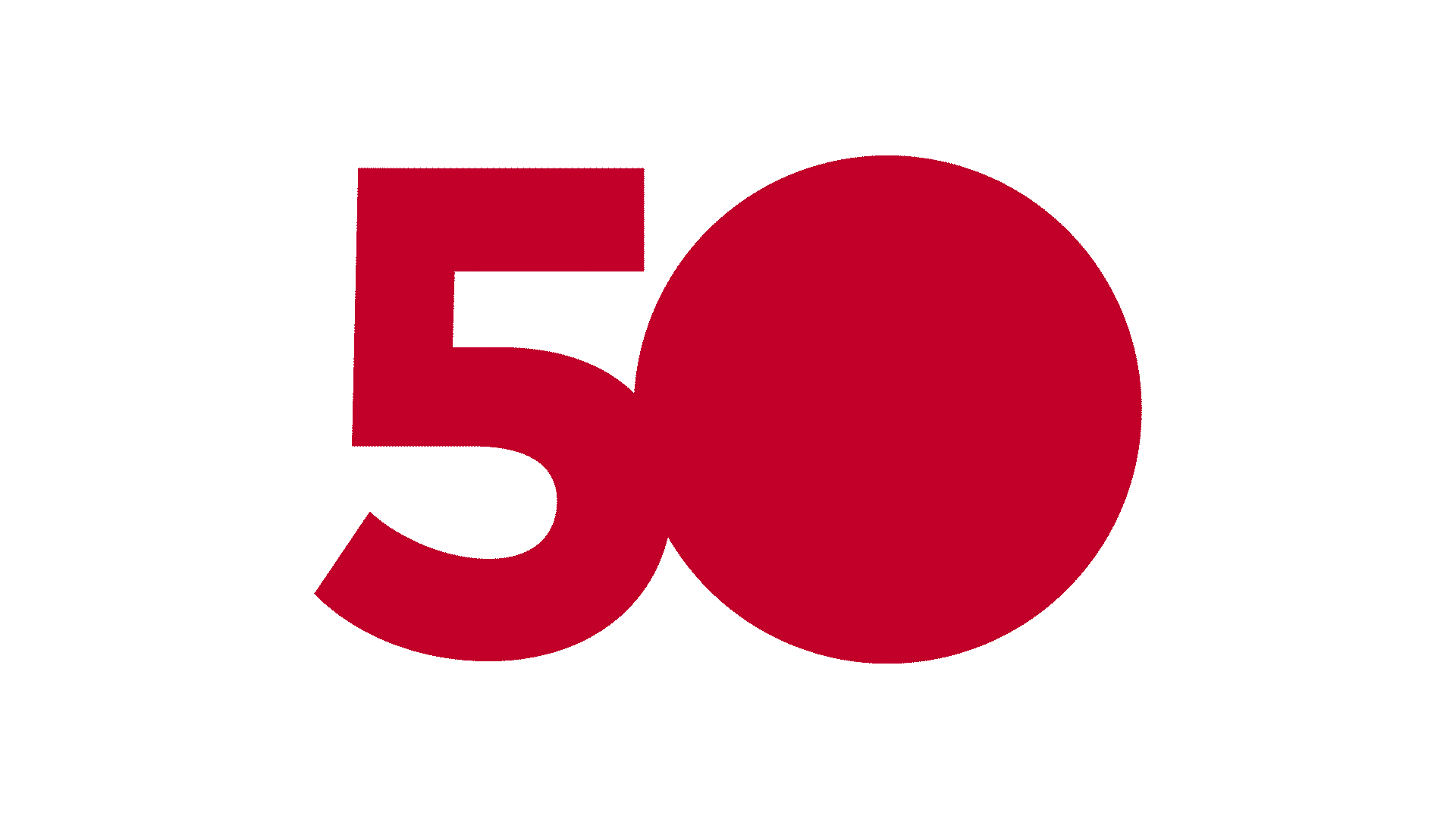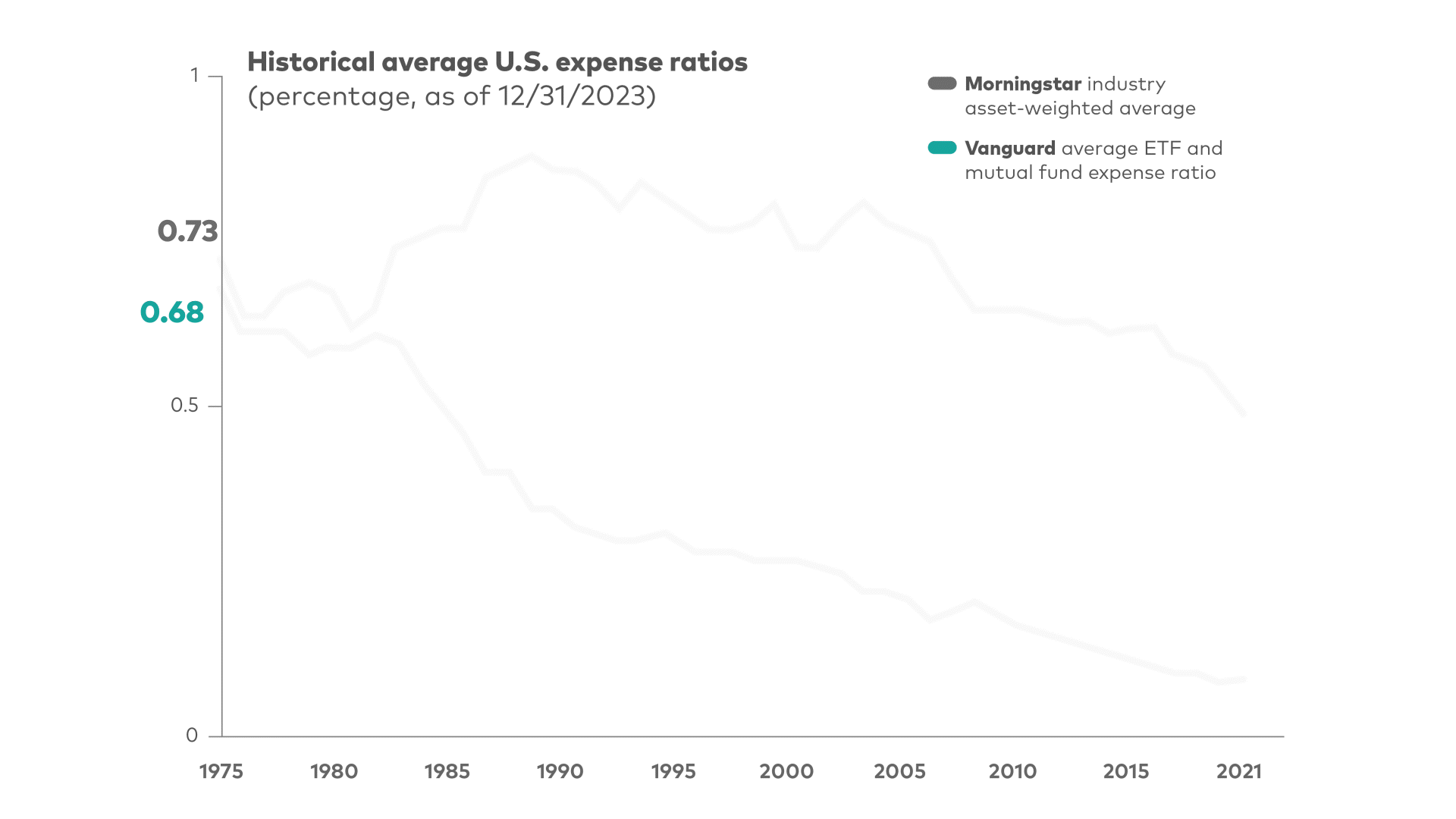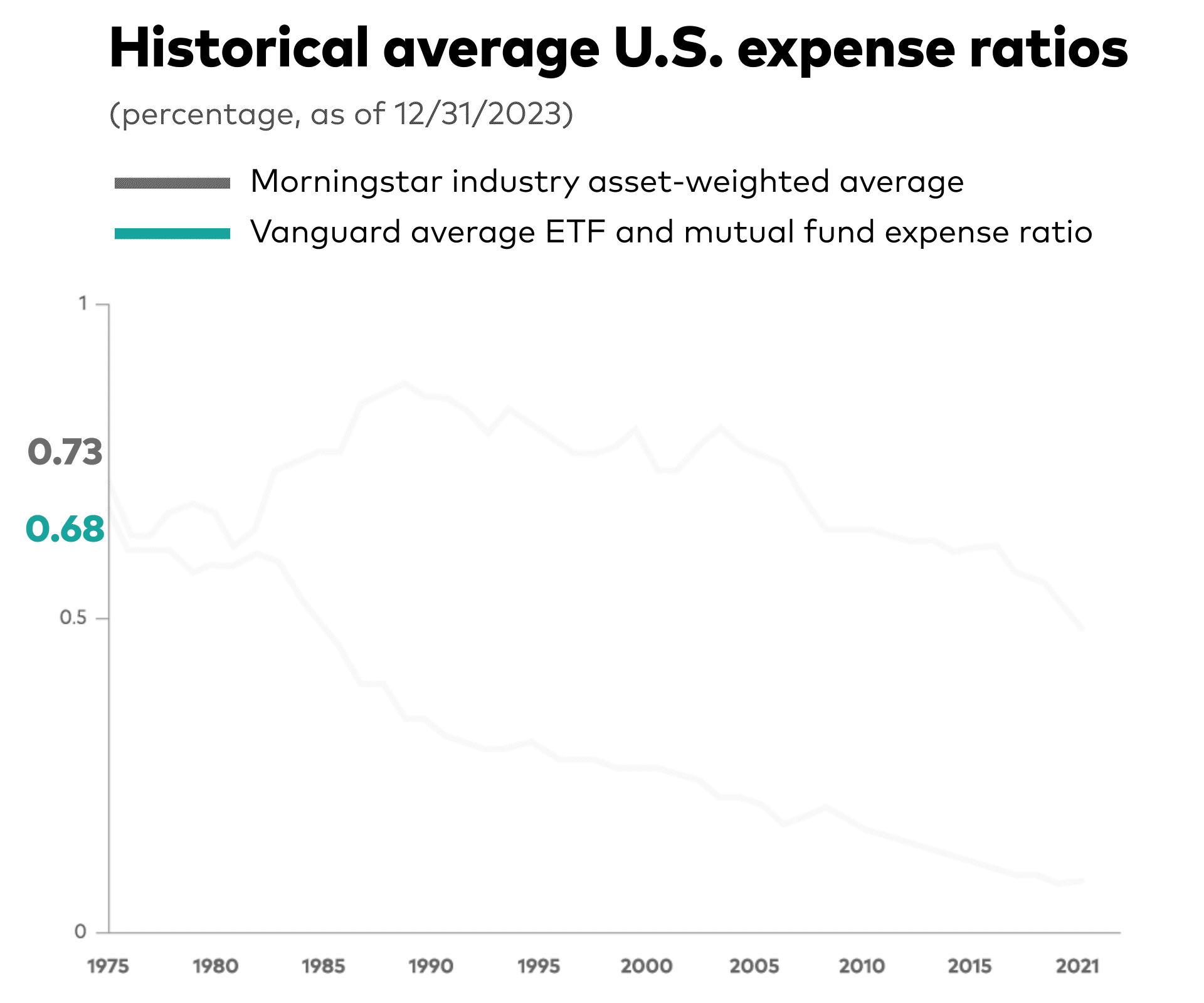Senior financial services executive Salim Ramji joined Vanguard as CEO in July 2024 after more than 25 years in senior leadership roles across investments, capital markets, and wealth management.

50 years of changing the way the world invests
Notes:
For more information about Vanguard funds or ETFs, visit vanguard.com to obtain a prospectus or, if available, a summary prospectus. Investment objectives, risks, charges, expenses, and other important information about a fund are contained in the prospectus; read and consider it carefully before investing.
Vanguard ETF Shares are not redeemable directly with the issuing Fund other than in very large aggregations worth millions of dollars. Instead, investors must buy and sell Vanguard ETF Shares in the secondary market and hold those shares in a brokerage account. In doing so, the investor may incur brokerage commissions and may pay more than net asset value when buying and receive less than net asset value when selling.
All investing is subject to risk, including the possible loss of the money you invest. Diversification does not ensure a profit or protect against a loss.
Vanguard is owned by its funds, which are owned by Vanguard’s fund shareholder clients.
Investments in bonds are subject to interest rate, credit, and inflation risk.
Vanguard is reducing expense ratios for certain share classes of some funds. There is no guarantee that any individual investor will save money due to the reductions in fund expense ratios. Not all fund share classes will have a reduced expense ratio and therefore not all investors will experience the estimated savings. Investors that purchase the relevant funds after the expense ratios have been reduced will not experience savings. Savings means future money not spent on expense ratios, and does not entail a rebate or deposit of any sort. Savings figures are estimates and should not be relied upon. Savings is based on data as of November 30, 2024; if other data is used, savings may differ. Estimated savings accrue to existing investors holding relevant share classes for 2024 and 2025. For illustrative purposes only. Past performance is not indicative of future results.
Savings due to the reduction in expense ratios were calculated on a share class basis for each fund for which there is a Vanguard-initiated reduction. AUM as of November 30, 2024 for each relevant share class was multiplied by 2024 expense ratios. The same AUM data was then multiplied by 2025 reduced expense ratios. The difference was added across funds to determine the total estimated savings to Vanguard investors holding those funds in both 2024 and 2025
Vanguard Personalized Indexing Management, LLC ("Vanguard Personalized Indexing Management"), formerly Just Invest, LLC, an SEC-registered investment advisor, is an independently operated wholly-owned subsidiary of The Vanguard Group, Inc. ("Vanguard"). Vanguard Personalized Indexing is an asset management technology that has been developed and is offered solely by Vanguard Personalized Indexing Management.
For more information on Vanguard Personalized Indexing Management and Vanguard Personalized Indexing, and to access Vanguard Personalized Indexing Management's Form CRS and Form ADV Part 2A disclosure brochure, please visit the Vanguard Personalized Indexing topic page.
Vanguard's advice services are provided by Vanguard Advisers, Inc. ("VAI"), a registered investment advisor, or by Vanguard National Trust Company ("VNTC"), a federally chartered, limited-purpose trust company.
The services provided to clients will vary based upon the service selected, including management, fees, eligibility, and access to an advisor. Find VAI's Form CRS and each program's advisory brochure here for an overview.
VAI and VNTC are subsidiaries of The Vanguard Group, Inc., and affiliates of Vanguard Marketing Corporation. Neither VAI, VNTC, nor its affiliates guarantee profits or protection from losses.












